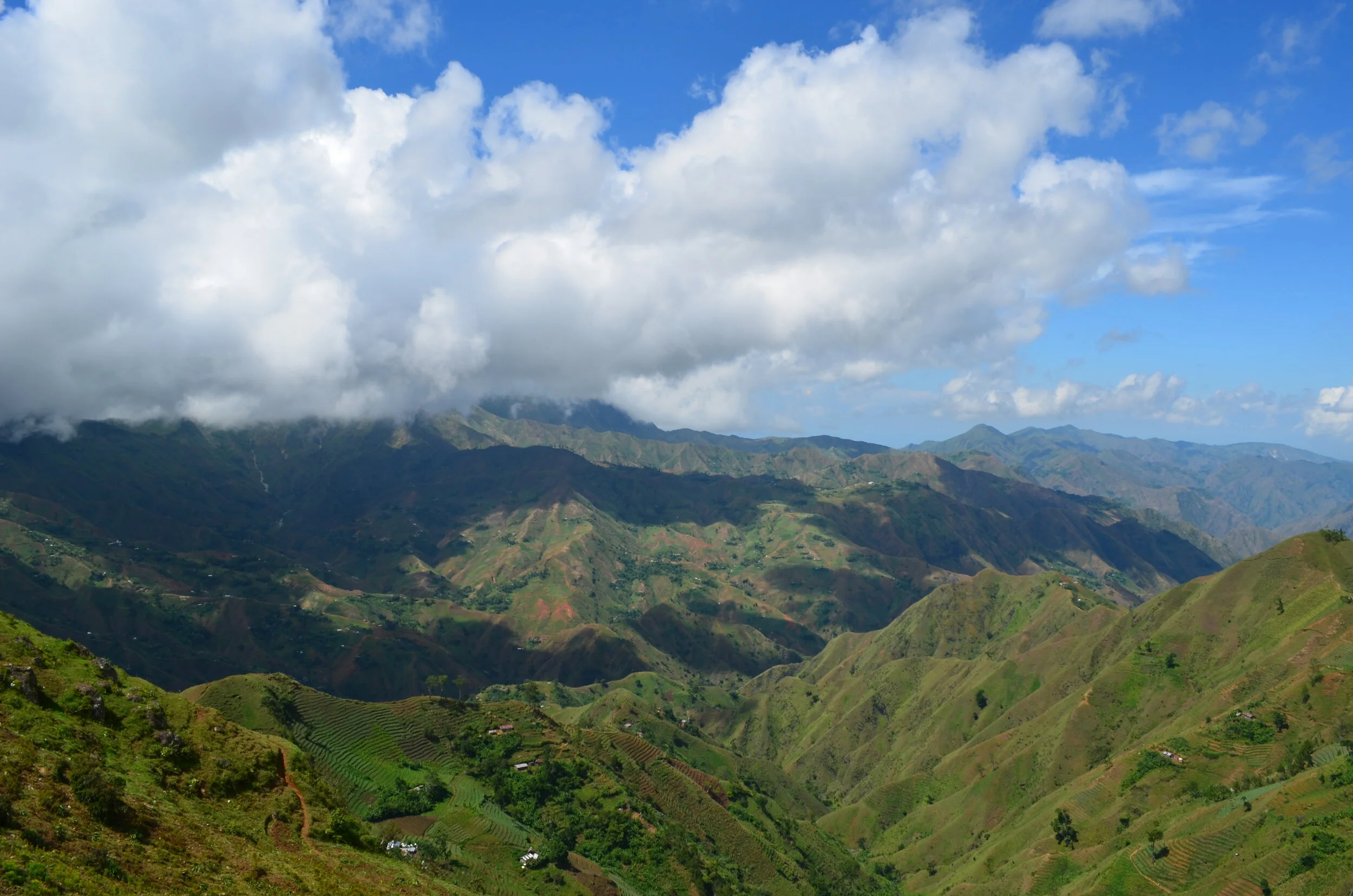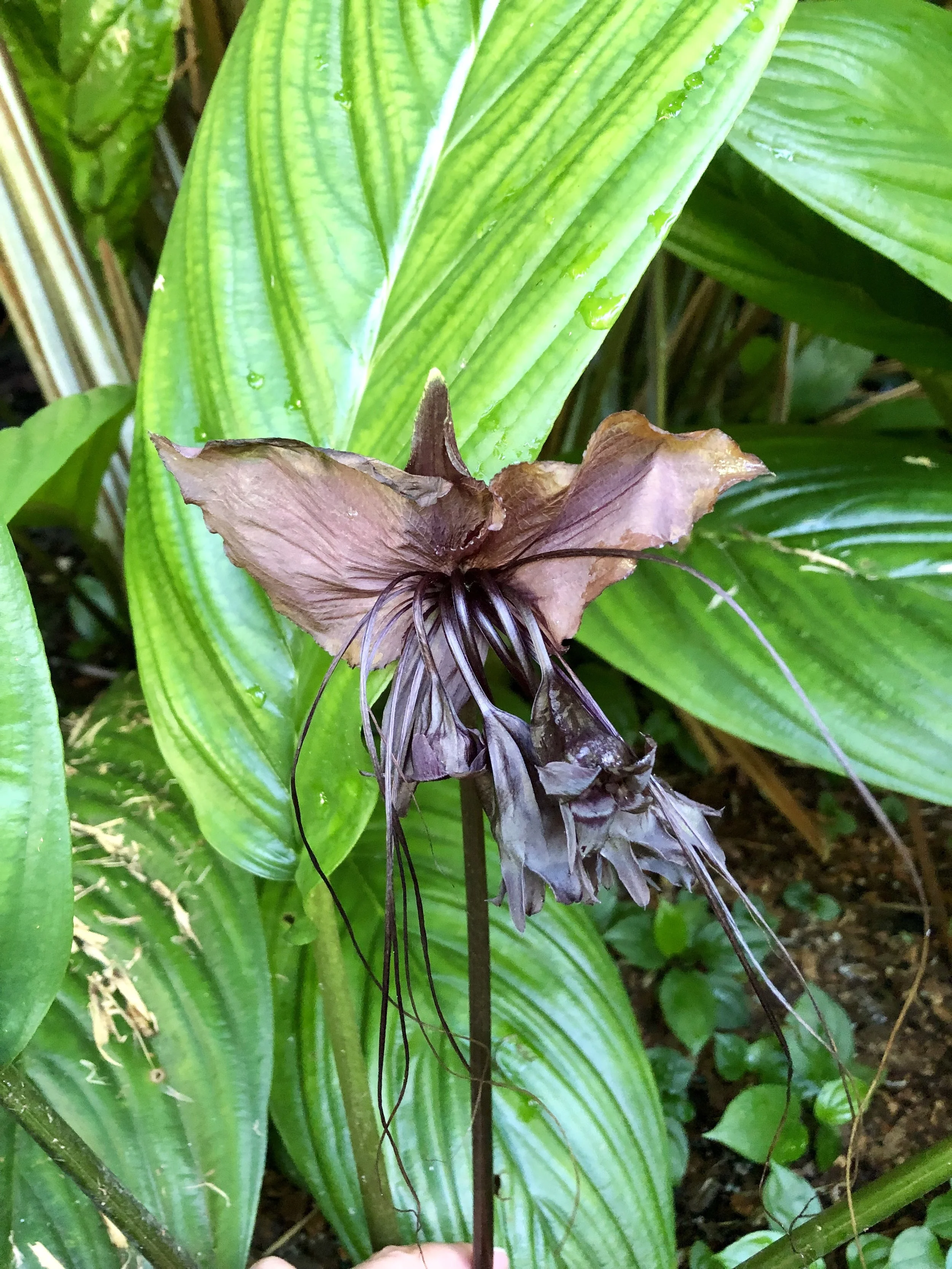Curtis’s Botanical Magazine is an illustrated publication that began in 1787 and is still published today. The Magazine is published by Kew Gardens and is the oldest and most widely cited work of its kind. Plumeria first appeared in the Magazine in 1794 by William Curtis and three more taxa appeared in the 19th century. The first Caribbean endemic species of Plumeria to be featured in the Magazine is Plumeria filifolia, a thin-leaved species from Cuba.
Read MoreYesterday was International Mountain Day, as observed by the United Nations. I love this year’s theme: Mountains Matter for Youth. Our youth are the future leaders of tomorrow. Education, not only on the importance of mountains, but on all natural ecosystems and the biodiversity that they contain has been a large part of my daily inspiration. When I first saw that mountains were being celebrated, I thought of all of the mountainsides where I have looked for wild growing Plumeria, particularly in Haiti.
Read MoreIn honor of Halloween, take a virtual tour of some of Fairchild’s spooky plants. What’s Halloween without the orange spikes of Solanum pyracanthos—the porcupine tomato, Tacca chantrieri—the bat flower, Dendrophylax lindenii—the ghost orchid, Nepenthes bicalcarata—the vampire pitcher, or Orozylum indicum—midnight horror.
Read MoreTo scientists, plants are known by their scientific name; to everyone else, they are usually known by a common name. Charles Plumier likely discovered the first Plumeria plant and it wasn’t officially described to science until Linnaeus in 1753. Since then, it has been an icon in tropical gardens around the world. Commonly known as Frangipani, a name that has an unusual story that started in London. You might be surprised to learn that both names have an interesting origin.
Read More




